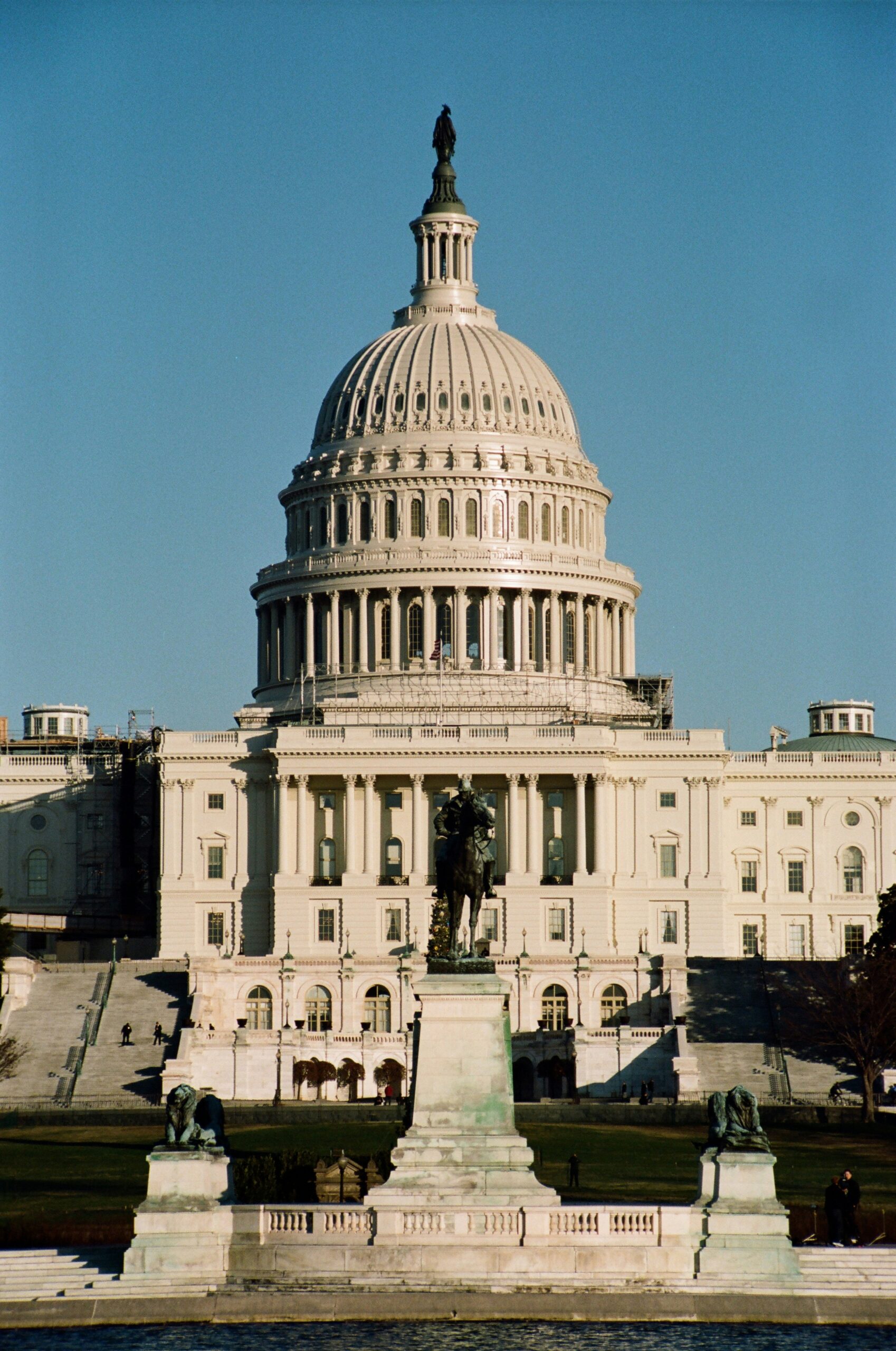Image credit: Unsplash
With a gain of 272,000 jobs, May’s employment growth in the US surpassed forecasts and marked a substantial departure from April’s revised total of 165,000. But along with the increase in employment came a little increase in the country’s unemployment rate, ending a 27-month run of unemployment below 4%.
In the face of uncertainty, economists and decision-makers, particularly those at the Federal Reserve, hoped for more distinct economic signs. While acknowledging the strong employment growth, Dean Baker, an economist at the Center for Economic and Policy Research, pointed out the challenge it presents for further interest rate decreases by the Federal Reserve.
The average hourly salary increased by 4.1% in the last year, mostly due to the unexpected increase in wage growth, especially in the service sector. Pay rises in some industries may cause inflation to become more sticky, as noted by Diane Swonk, chief economist at KPMG, highlighting the difficulty this presents for managing inflation.
Trader optimism on rate cuts has been tempered by contradictory signals from the labor market and the upcoming release of inflation data. The CME FedWatch Tool predicts that December will probably see the earliest rate reduction.
The discrepancy between the establishment and household surveys makes interpreting the employment market statistics much more difficult. The home survey revealed a fall in employment and an increase in unemployment, whilst the establishment survey revealed a notable increase in payroll increases.
This difference, according to some economists, might be attributed to the survey’s failure to adequately account for the effects of post-pandemic immigration, which has increased productivity and the workforce without appreciably raising inflationary pressures.
The present labor market is still historically robust, supporting American workers who are struggling with inflation, despite the conflicting indications. The economy has created 247,800 jobs on average per month, continuing a 41-month trend of employment growth.
The industries that offer services, such as healthcare, social services, tourism, and hospitality, accounted for the majority of employment growth in May. Employment growth was also observed in interest rate-sensitive industries including manufacturing and construction.
The May job report revealed some alarming tendencies surrounding young unemployment despite the overall bright outlook. The rise in unemployment was most noticeable among individuals under the age of 24, suggesting that younger generations may have difficulties finding jobs. According to economists, tackling this problem would necessitate specific policies that encourage young people to work and develop their skills in order to guarantee their involvement in the labor market.
Furthermore, the spike in employment growth in a number of industries highlights how flexible and resilient the American economy is in the face of persistent uncertainty across the world. Interest rate-sensitive sectors like manufacturing and construction were able to grow their workforces in spite of supply chain delays and geopolitical unrest, a sign of persistent demand and corporate confidence. This diversity of employment strengthens the nation’s ability to withstand external shocks and supports economic stability, solidifying its leadership position in the global economy.
Despite the mixed image shown by May’s job report, which includes issues like growing unemployment and wage-driven inflation, the labor market’s underlying strength points to a prolonged upward trajectory for the US economy.















































































































































